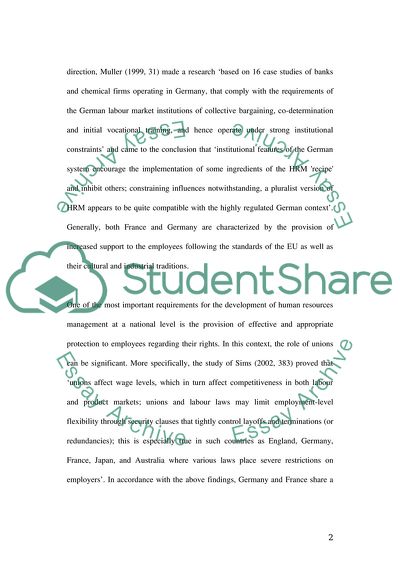Cite this document
(Employee Relations in Germany and France Assignment, n.d.)
Employee Relations in Germany and France Assignment. Retrieved from https://studentshare.org/human-resources/1539649-question-compare-and-contrast-the-role-of-the-state-in-any-two-countries-and-account-for-the-differences-and-similarities-identified-2000-wordsgermany-and
Employee Relations in Germany and France Assignment. Retrieved from https://studentshare.org/human-resources/1539649-question-compare-and-contrast-the-role-of-the-state-in-any-two-countries-and-account-for-the-differences-and-similarities-identified-2000-wordsgermany-and
(Employee Relations in Germany and France Assignment)
Employee Relations in Germany and France Assignment. https://studentshare.org/human-resources/1539649-question-compare-and-contrast-the-role-of-the-state-in-any-two-countries-and-account-for-the-differences-and-similarities-identified-2000-wordsgermany-and.
Employee Relations in Germany and France Assignment. https://studentshare.org/human-resources/1539649-question-compare-and-contrast-the-role-of-the-state-in-any-two-countries-and-account-for-the-differences-and-similarities-identified-2000-wordsgermany-and.
“Employee Relations in Germany and France Assignment”, n.d. https://studentshare.org/human-resources/1539649-question-compare-and-contrast-the-role-of-the-state-in-any-two-countries-and-account-for-the-differences-and-similarities-identified-2000-wordsgermany-and.


